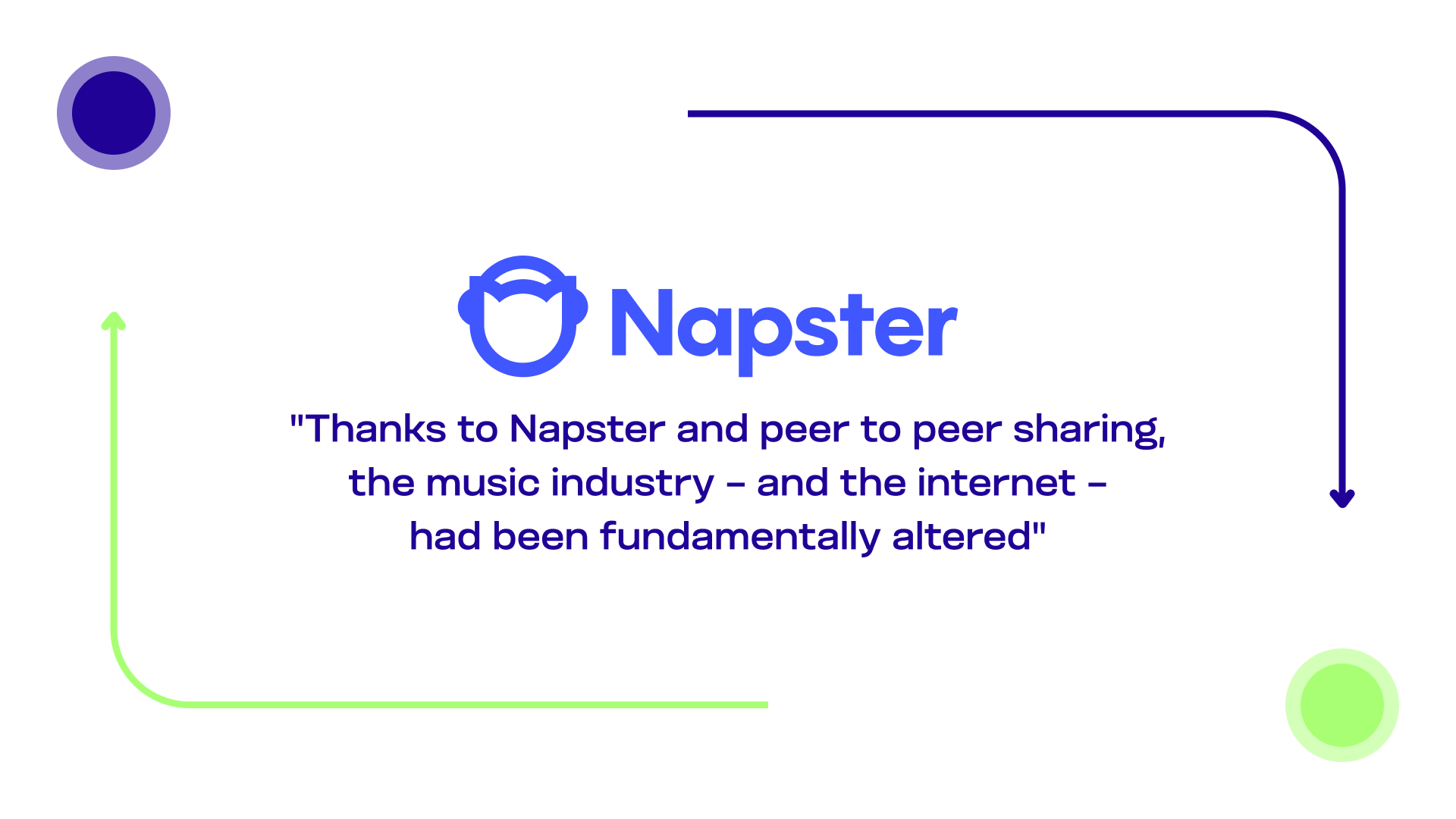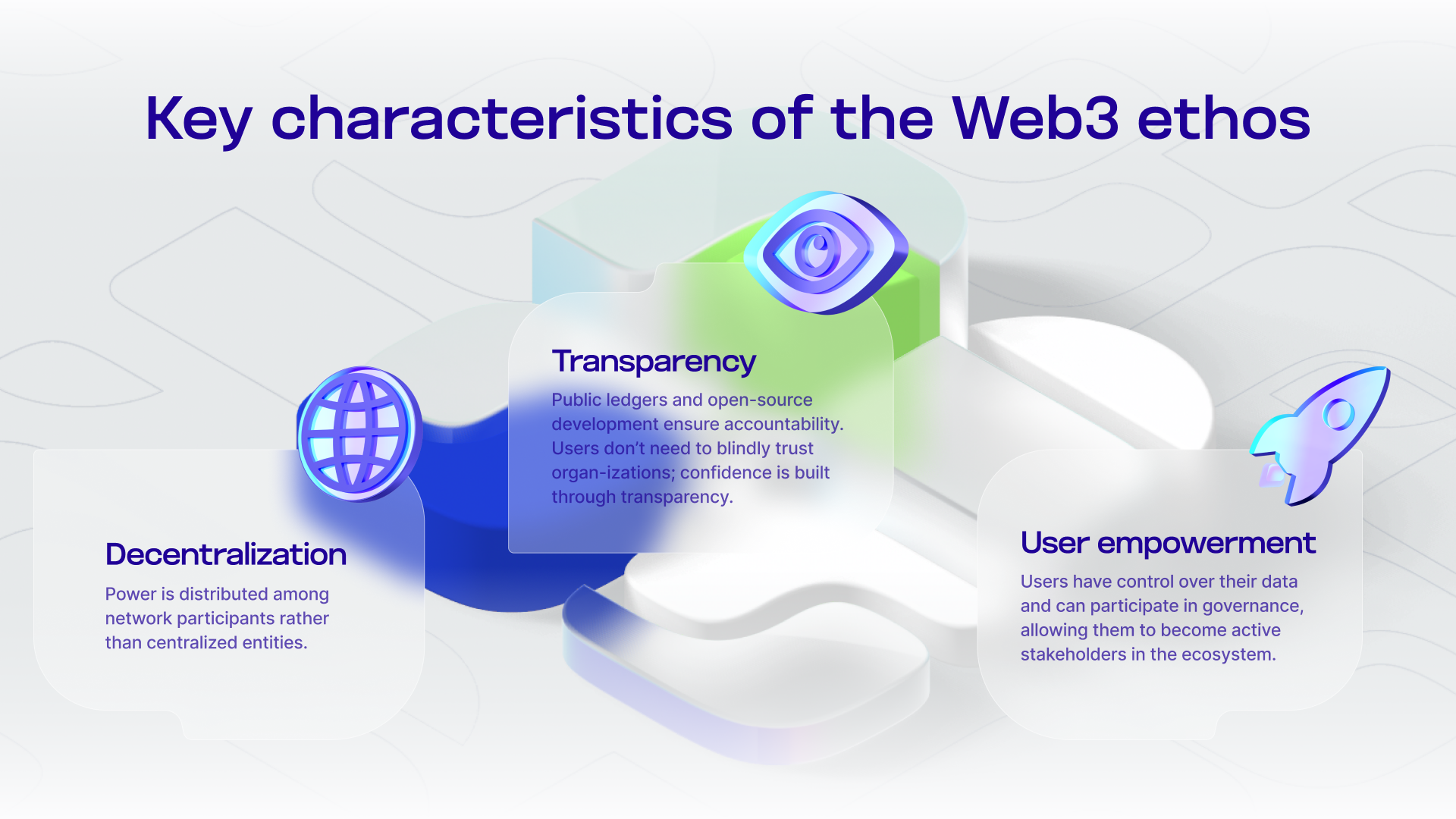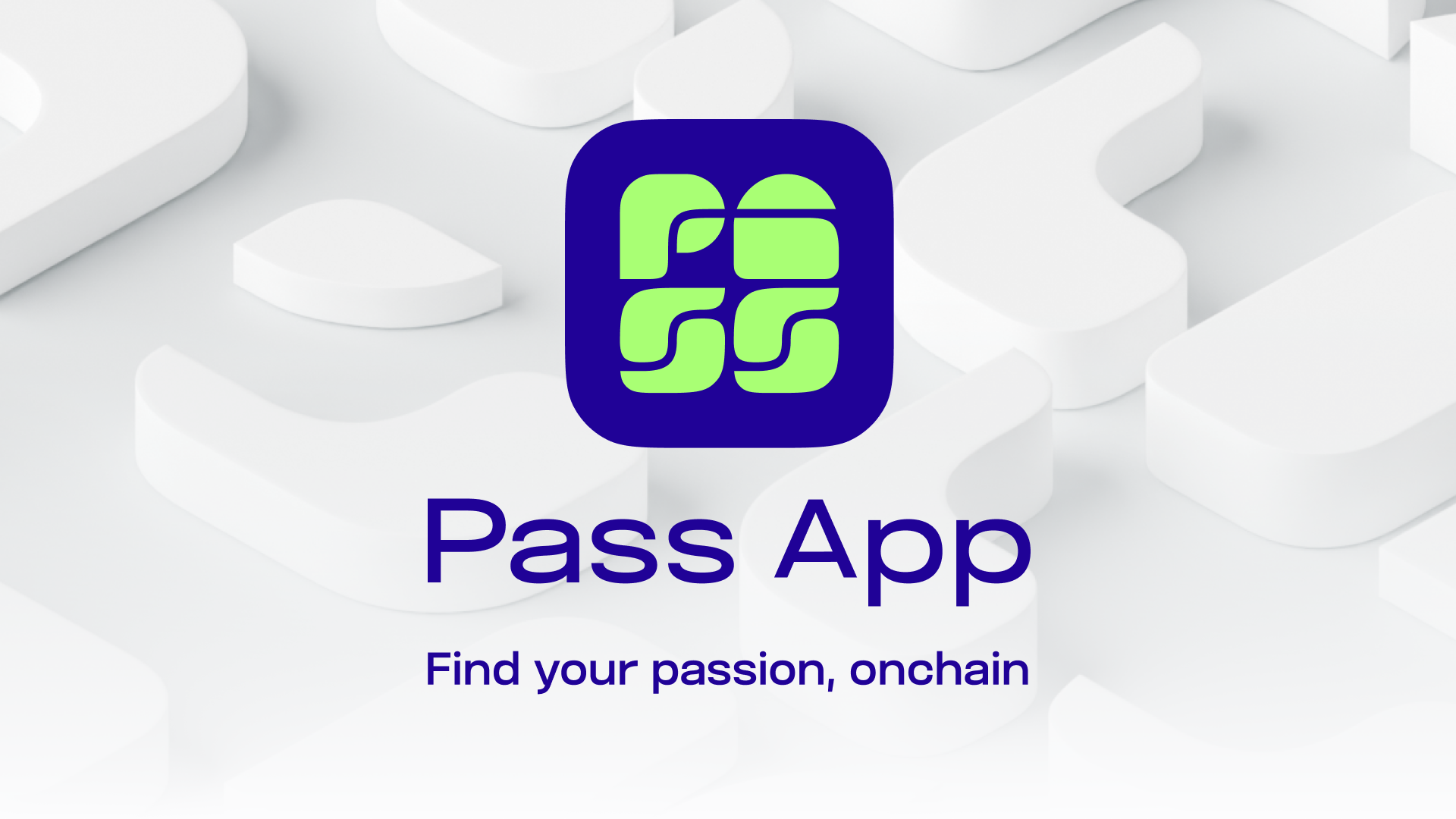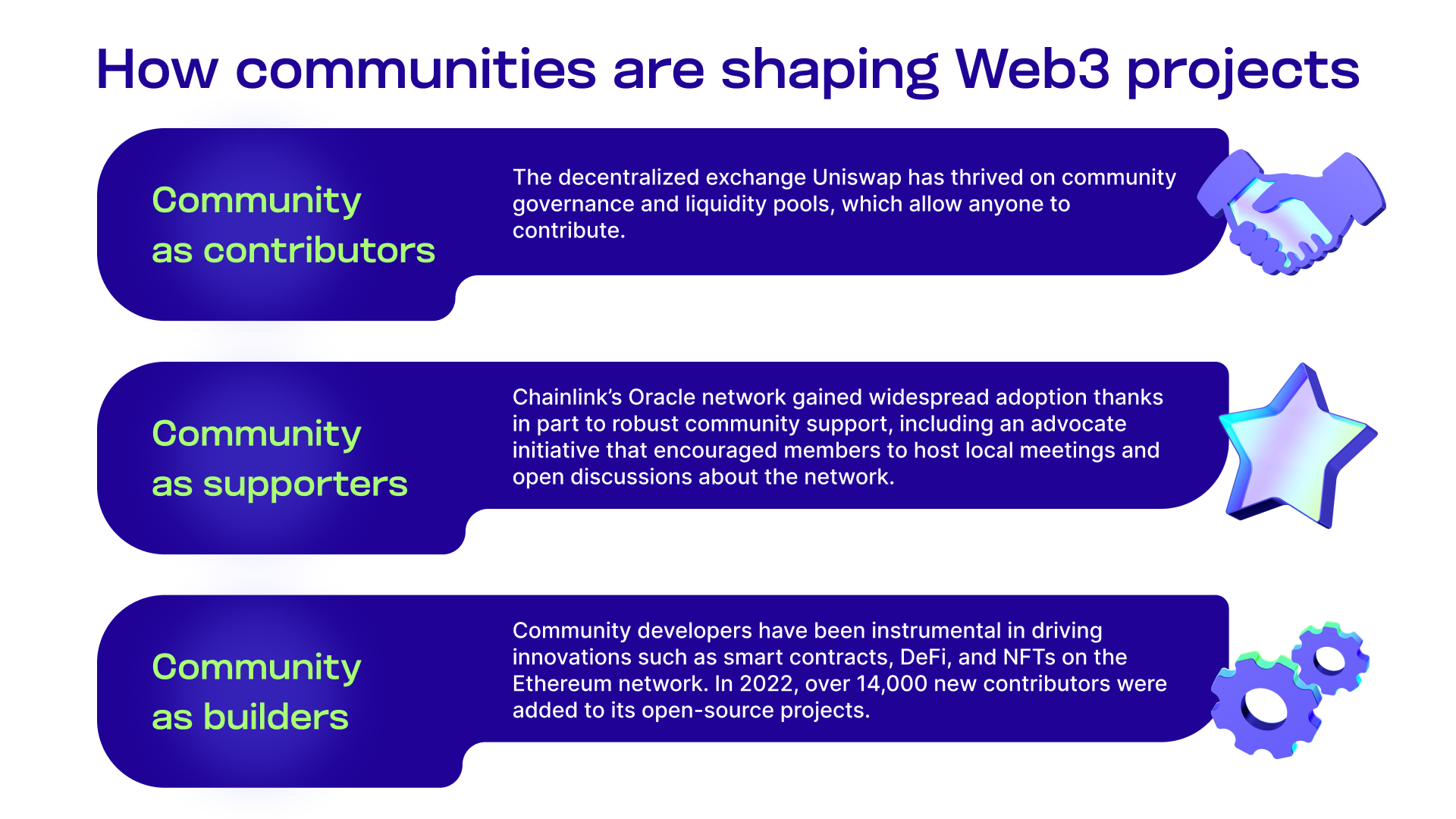By Tony Morinello, Community Success Advocate at Pass App
Over the last three decades, online communities have evolved from primitive chat rooms to intricate digital societies. These communities have driven technological innovation as humans seek more dynamic ways to interact in our increasingly connected world while navigating issues of control, trust, and ownership.
Thanks to blockchain technology, Web3 brings with it an array of mechanisms that go beyond empowering communities, turning them into crucial collaborators.
The concept of community management must also evolve to meet the diverse needs of complex Web3 communities and leverage the various tools for success.
The evolution of digital communities
Humans are inherently social creatures; we form tribes and pursue a sense of belonging within them. As our lives became increasingly digital, we looked to technology to replicate our social interactions online.
How it all began
While early internet communities, such as forums and chat rooms, allowed users to share knowledge, collaborate, and form bonds across the globe, they were very limited.
Static text-based pages, accessibility issues, and a lack of organization and moderation created unique challenges that led to innovations for today’s networks. However, during those early iterations, users had little control over content and how it was delivered.
The early 2000s saw the rise of peer-to-peer platforms such as Napster and BitTorrent, demonstrating the disruptive potential of community-driven networks.
Established brick-and-mortar businesses fought legal battles to retain control over the content and industries they had long dominated. Instead of listening to communities and providing users with what they desired, they attacked them.
Napster was eventually forced to shut down, but the music industry – and the internet – had been fundamentally altered.

Unsurprisingly, a tech company finally heeded the community’s voice. Apple’s iTunes Music Store proved that users were still willing to pay for content as long as it was delivered how they wanted it. This paved the way for Spotify and the dawn of streaming services.
Early online communities – a dilemma for companies
As the internet evolved, so did communities. The creation of social media platforms ushered in the Web2 era and a fundamental shift in how we interact online.
Platforms like Facebook and YouTube allowed users to create and share content, providing a free, user-friendly service in exchange for user data, often without the users’ knowledge or consent. Users were both the commodity and consumer, while platforms held control over privacy, ownership, and monetization.
Despite these issues, social media platforms empowered communities, giving them a voice and putting them in more direct communication with companies.
This communication was a double-edged sword for companies: the rise of influencers and hashtags meant that everyday users could promote or critique a company in a public manner.
Many traditional businesses found it difficult to adapt to the Web2 model, where they now had to answer to user demands personally. Social media managers and community moderators became necessary for companies to manage user interactions.
The dawn of Web3
At the same time that user demands and concerns over ownership were growing, blockchain was emerging as a technology with real-world use cases.
This began the Web3 era, introducing a dynamic new frontier for communities. Where centralized platforms dominated Web2, Web3 platforms aim to give users greater autonomy over their data, content, and digital interactions.
This is a significant divergence from the centralized control of Web2. No longer mere consumers, these communities can—and should—be leveraged as collaborators.
Power is distributed among network participants rather than centralized entities.
Users have control over their data and can participate in governance, allowing them to become active stakeholders in the ecosystem.

Web3 mechanisms enable more impactful communities
Unlike traditional web2 models with a rigid hierarchical approach, Web3 thrives on community-driven initiatives.
This shift places unprecedented power in the hands of users, making their collective actions a crucial factor in shaping the trajectory of Web3 projects. Developments in blockchain technology are providing new mechanisms to encourage and facilitate engagement.
Incentivization – the blockchain-based community spirit driver
One tool in particular is incentivization. Thanks to smart contracts, rewards can be shared directly with community members. Projects can choose different incentives for different roles, from ambassadors and supporters to developers and partners.
This gives users flexibility in their engagement, choosing which skills to apply and how much time they want to invest.
Rewards encourage members to become more active stakeholders; if the project grows, so will the stakeholders’ returns.
Web3 is rewarding
Points and token airdrops play an increasingly important role in rewarding community action. Blast, an Ethereum layer-2 network, set aside 50% of its tokens to reward community initiatives in its initial airdrop.
Points could be earned for actions such as holding funds on the Blast network, using dApps on the Blast ecosystem, and bringing in new active users. The more engaged users were with the network, the more points they accumulated, giving them a larger share of the token airdrop.
Similar reward systems have been widely used to generate hype, encourage onboarding, and jump-start communities.
Genuine Web3 communities
- DAO communities
Many successful Web3 projects have combined incentives with other community mechanisms to create a potent recipe for positive engagement. DAO communities, such as MakerDAO, use on-chain governance to allow users to collectively make decisions about the product’s future. - DeFi communities
Decentralized Finance (DeFi) communities, such as Compound and Yearn, have revolutionized financial services by allowing users to lend, borrow, and earn interest on their crypto assets in a trustless manner. - NFT communities
NFT communities, such as CryptoPunks and Bored Apes, have redefined digital ownership, assets, and art. - Development communities
Lastly, development communities, such as Ethereum, Optimism, and Polkadot, have driven blockchain innovation by supporting active community development and adoption.

The changing role of community management
Choosing and implementing the right combination of community mechanisms is vital to every project, but many still regard this role with the same top-down approach of Web2 models. Community management implies a community needs to be controlled.
It frames the role of the community manager as a liaison, creating a barrier between the community and project teams.
This can act as a bottleneck to effective collaboration, reducing innovation and agility in a rapidly evolving industry where reaction time can mean life or death for a project.
Enabling communities is about giving members agency, not relinquishing total control. Not every Web3 project will be decentralized, but entrusting members with more responsibility strengthens the relationships within the project.
The key is taking advantage of the right tools that will provide an ideal balance of control and collaboration to achieve the project’s goals.
Web3 has shifted the needle from users as consumers to users as collaborators, effectively making them an extension of the team. Being an advocate for community success is therefore fundamental to a project’s success.
How communities are shaping Web3 projects
Web3 is still in its early stages, but there are already numerous examples that demonstrate the impact communities are having on a project’s outcome:
The decentralized exchange Uniswap has thrived on community governance and liquidity pools, which allow anyone to contribute.
Chainlink’s Oracle network gained widespread adoption thanks in part to robust community support, including an advocate initiative that encouraged members to host local meetings and open discussions about the network.
Community developers have been instrumental in driving innovations such as smart contracts, DeFi, and non-fungible tokens (NFTs) on the Ethereum network. In 2022, over 14,000 new contributors were added to its open-source projects.

The Web3 ecosystem is incredibly dynamic. While the reasons behind one project’s success and another’s failure are usually complex, the significance of communities in Web3 can not be overstated.
Communities drive innovation, adoption, and project sustainability, often determining the project’s fate through their collective actions.
Conclusion
The power of communities to shape Web3 projects is undeniable.
When users are more engaged in their community, are rewarded for their efforts, and have more agency over their interactions, they are more invested in the long term.
Community management models must evolve with the changing technology and Web3 sentiments, leveraging the various mechanisms that best advocate for the success of the project and community.
Tony Morinello is the Community Success Advocate at Pass App, the Web3 discovery platform and smart wallet app available on Google Play and The App Store.
Practical takeaways
Like IRL communities, Web3 communities are diverse and complex. There’s no perfect recipe for success, but some basic principles should be adhered to for a strong foundation.
- For project leaders, transparency and open communication are essential. Establishing a transparent governance structure where community members can participate in decision-making processes is crucial. This can be achieved through regular updates, token-gated votes, open-source development, and transparent financial reporting.
- For community advocates, fostering a sense of ownership among community members can significantly enhance engagement. Go beyond community management and empower your community to build side by side with your team. Rewarding members for their contributions, whether through code, content, or community leadership, helps build a loyal and active community.
- For community members, active participation in governance and project direction is vital. By engaging in these activities, members ensure that their voices are heard and potentially influence important decisions. Advocacy for transparency and accountability within the community helps maintain trust and integrity.
See what Pass App is up to and stay informed about latest developments on X (Ex-Twitter) and LinkedIn.



